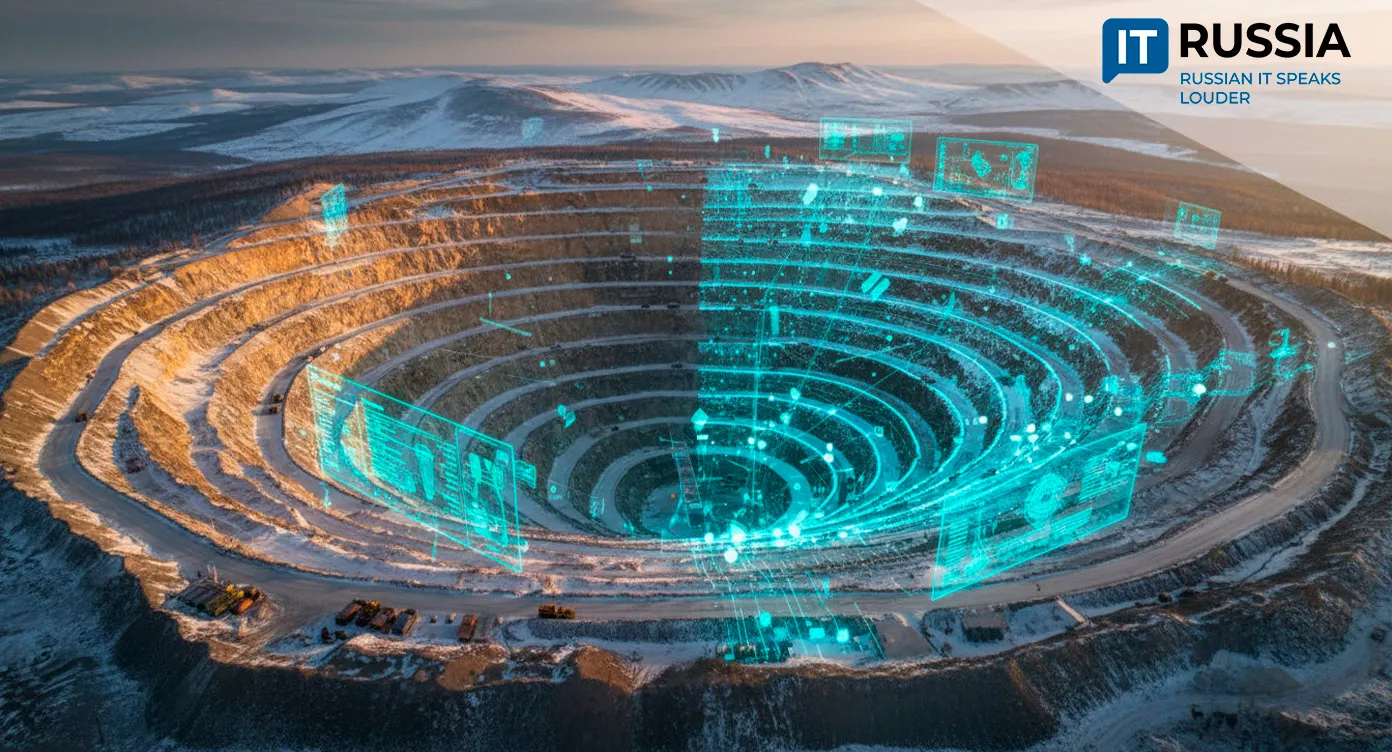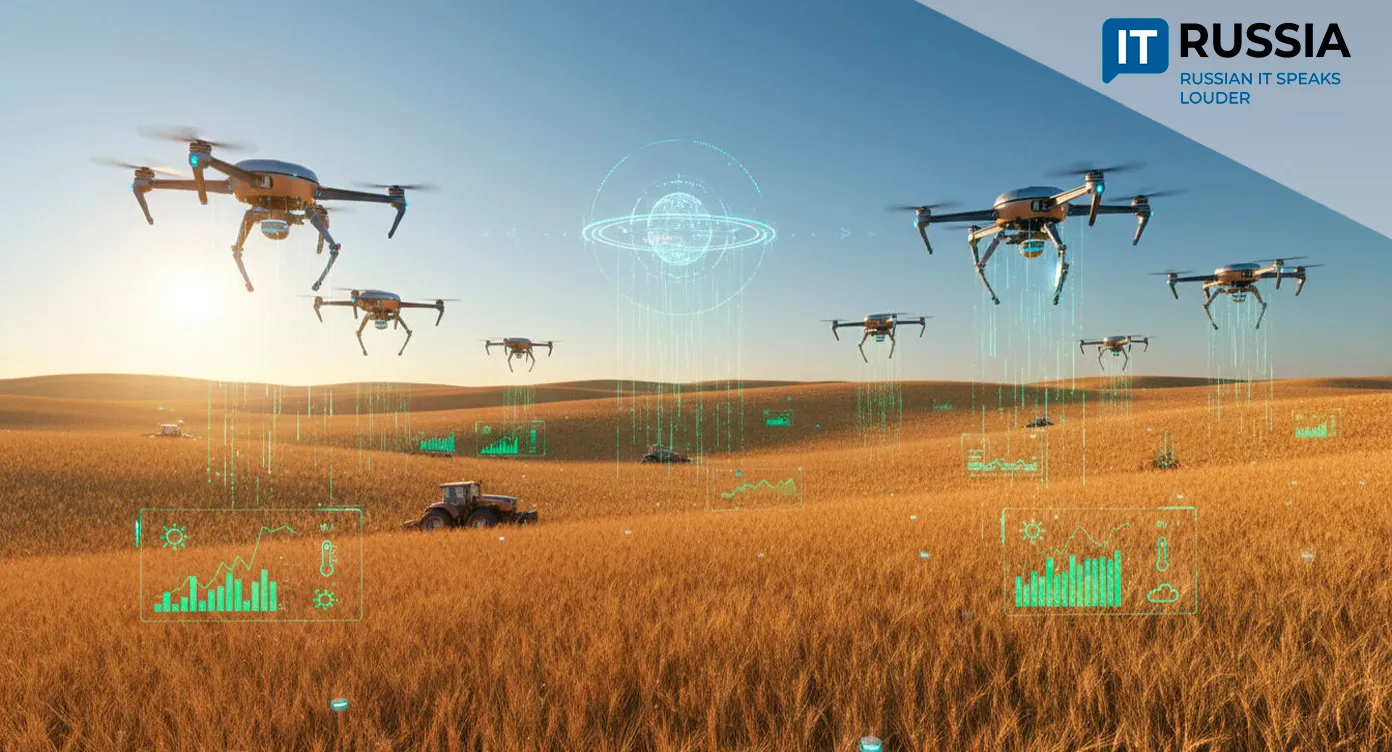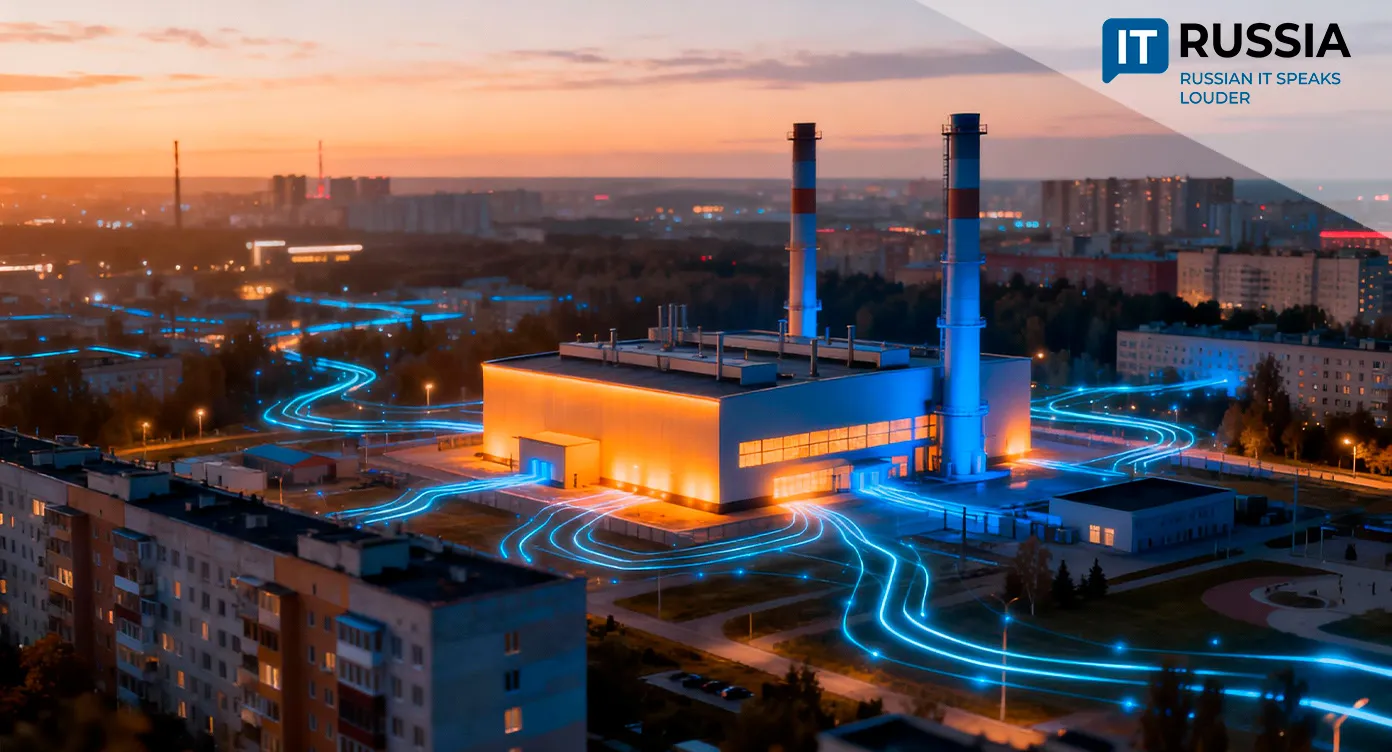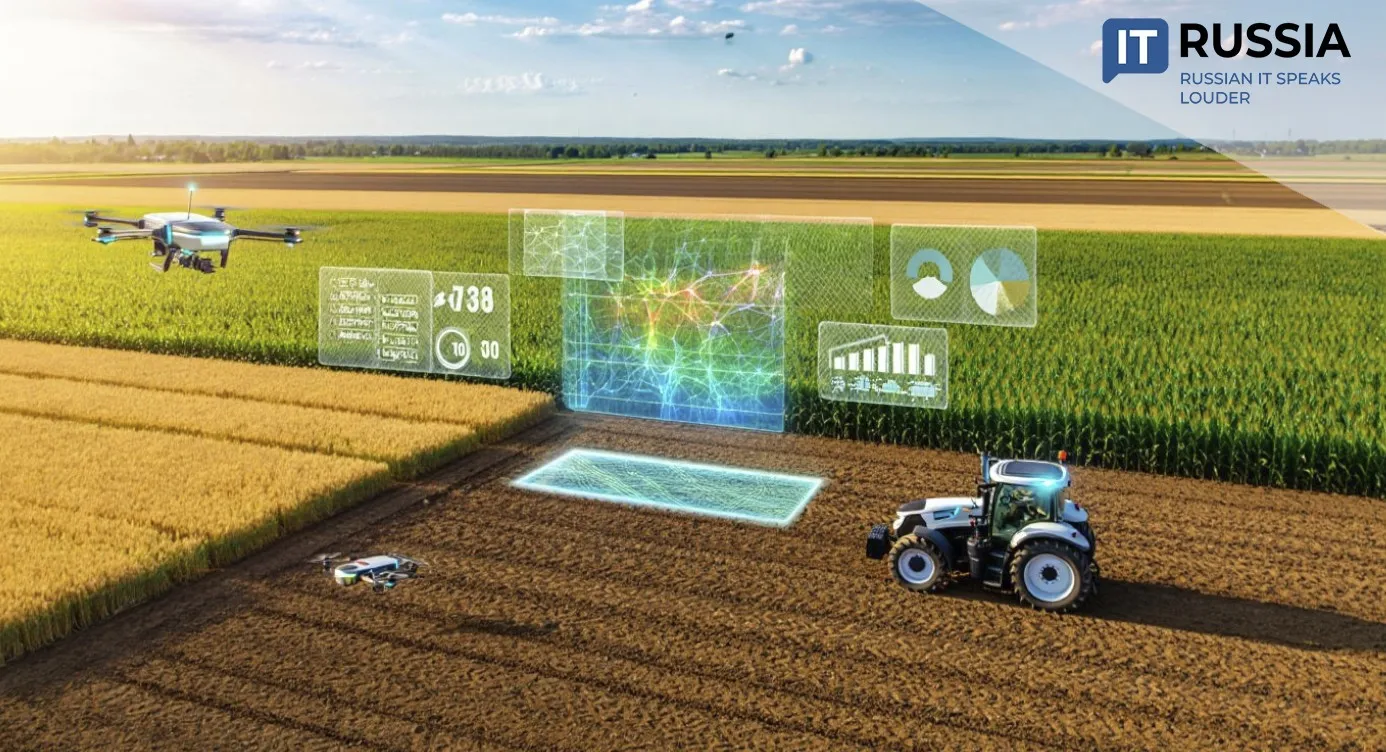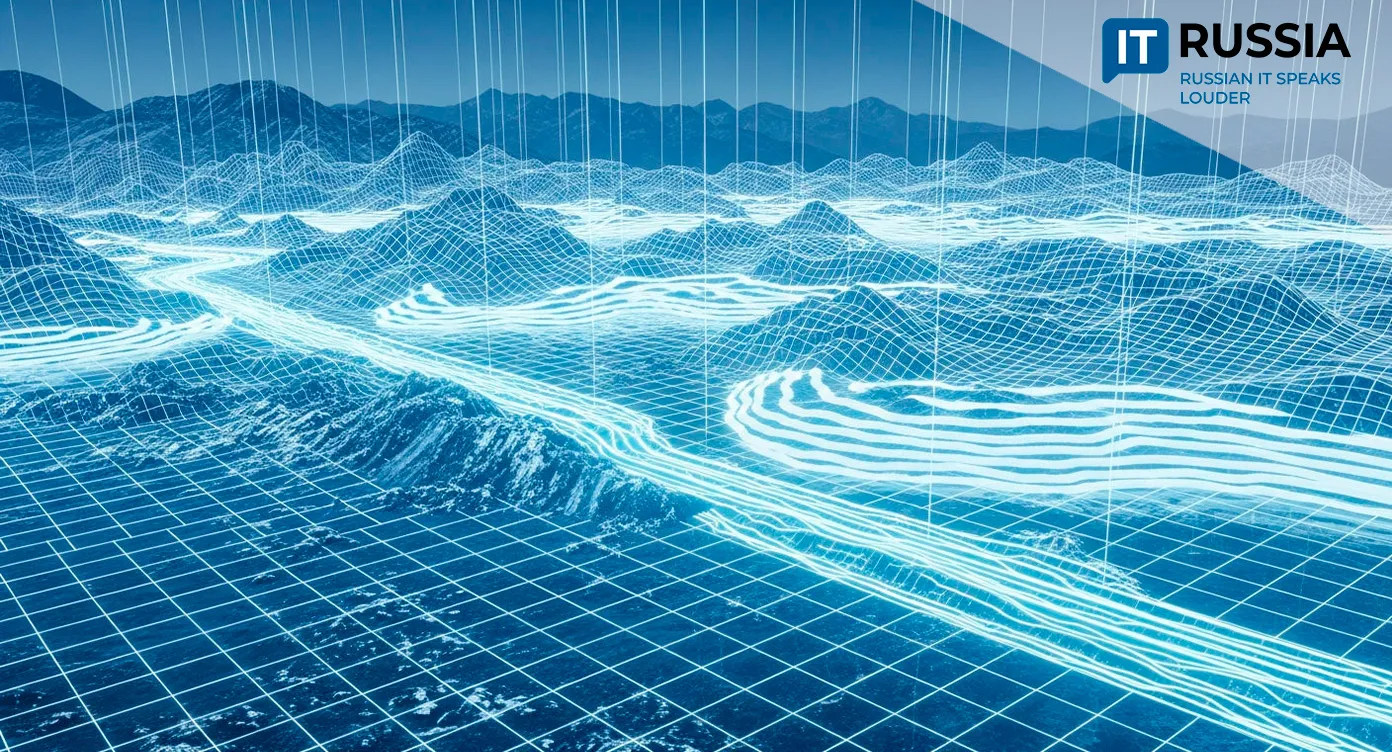Connection to Earth: Russia Builds Its Own Earth Observation Network
Russia’s space industry is preparing to launch an ambitious infrastructure project that will transform how the country collects and uses satellite data. The state-owned company Terra Tech, part of the Roscosmos holding Russian Space Systems, has announced plans to build by 2026 the nation’s first large-scale network of ground stations for Earth Observation (EO) data reception.
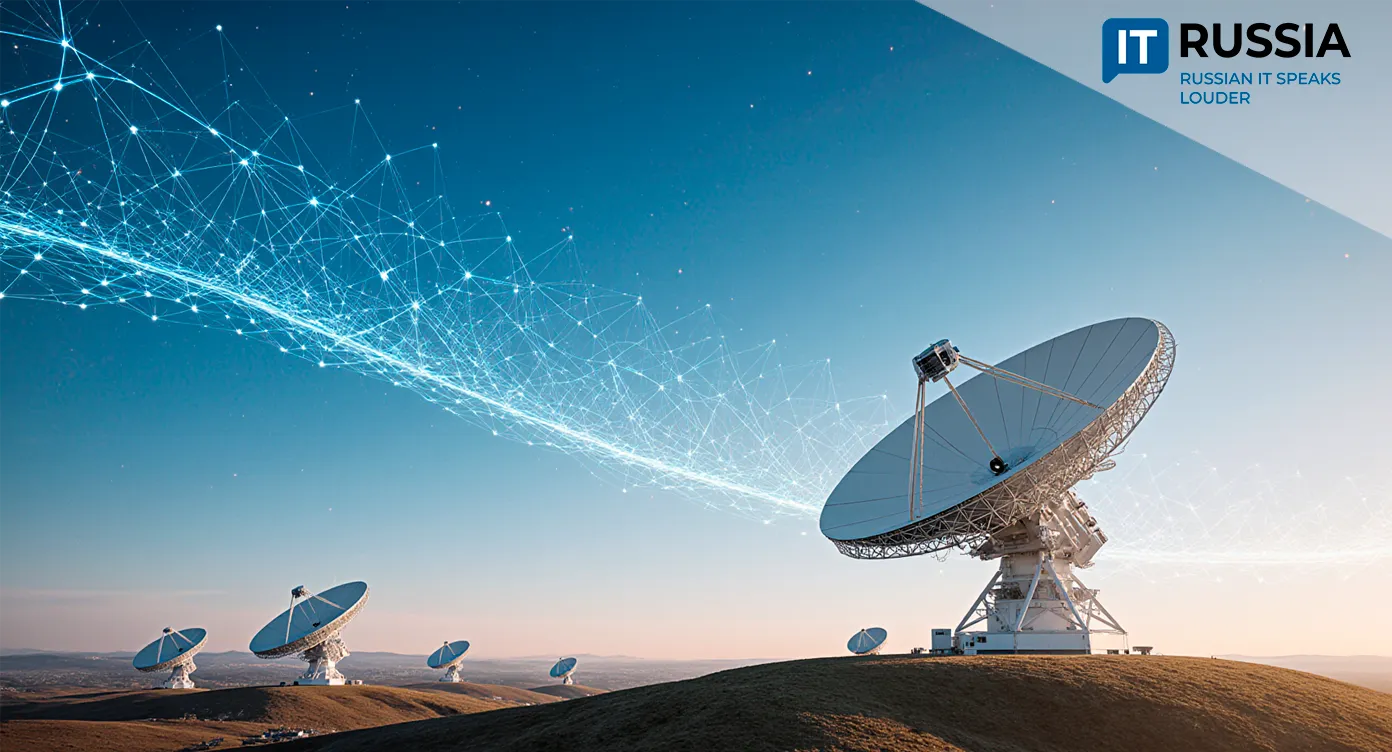
Expanding Nationwide Coverage
The project envisions the creation of multiple “sites” equipped for radio signal transmission and reception. A network of autonomous X-band ground stations will be integrated into a unified system managed centrally from Moscow.
What makes the initiative particularly significant is its dual orientation: serving both governmental and commercial needs.
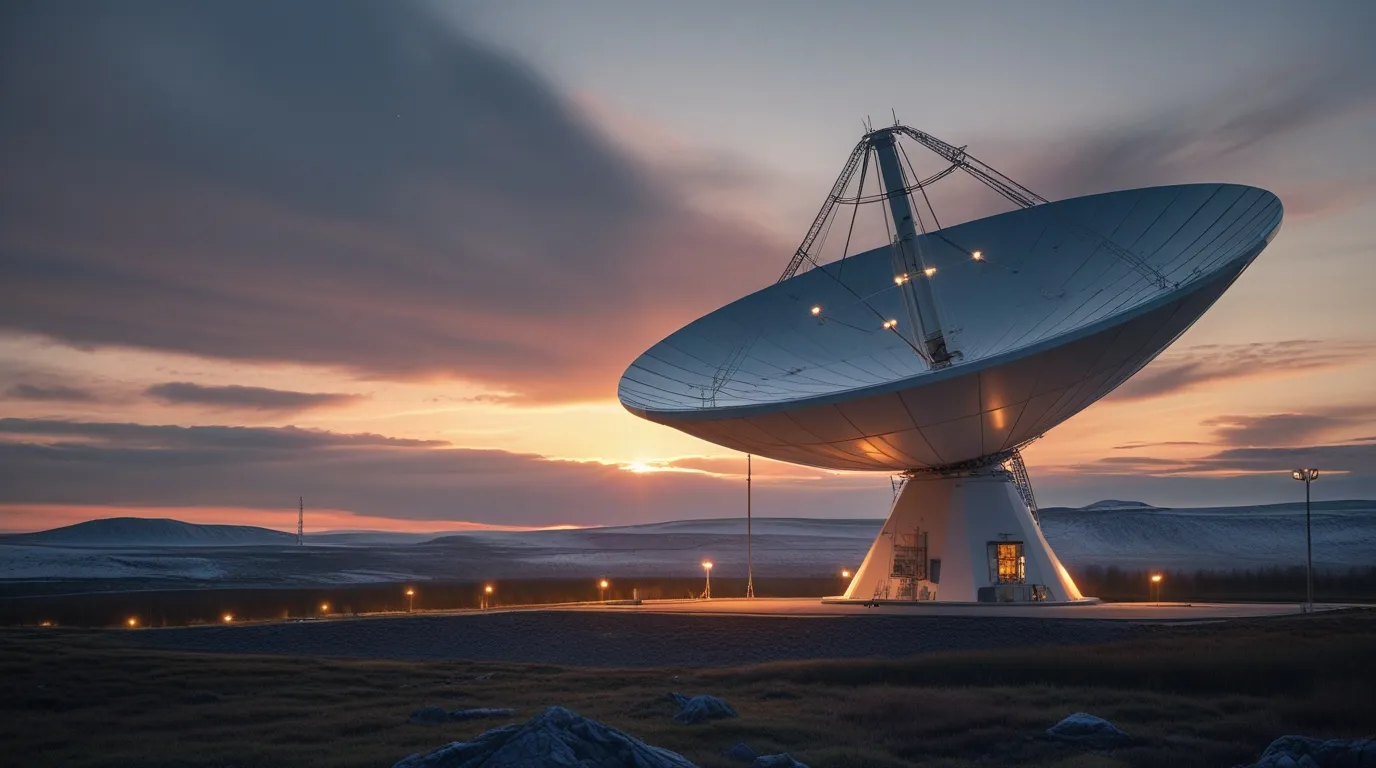
As Terra Tech CEO Pavel Cherenkov notes, Russia currently holds almost no share of the global Ground-as-a-Service (GaaS) market—despite its strategic geographic advantages. This project aims to change that.
The national infrastructure will ensure comprehensive geographic coverage and reduce dependence on foreign receiving centers, accelerating access to critical satellite information. Wildfire detection, flood monitoring, deforestation tracking, agricultural supervision, and urban development control will all become near real-time processes. Federal and regional authorities will gain a powerful decision-making tool for territorial planning, disaster response, and environmental management.
A Market Worth $555 Million by 2030
Globally, the GaaS model is already well-established, with companies such as AWS (USA), SES (Netherlands), and KSAT (Norway) proving its commercial success. In Russia, however, the EO data market is still in its early stages.
In 2023, it totaled roughly $38 million—only about 0.9% of the global share. Yet demand for EO data is increasing, driven by the digitalization of industries, Arctic development, and national security requirements.

According to forecasts from the Digital Economy autonomous non-profit organization and Sputniks Group, the Russian EO market could reach nearly $555 million by 2030. Existing initiatives—like the “Digital Earth” program and Terra Tech’s geoservices—already show strong demand for integrating orbital data with terrestrial platforms.
Agencies such as Rosleskhoz have long relied on EO data for forest monitoring, emphasizing the growing need for reliable and real-time satellite information.
Driving Technological Sovereignty
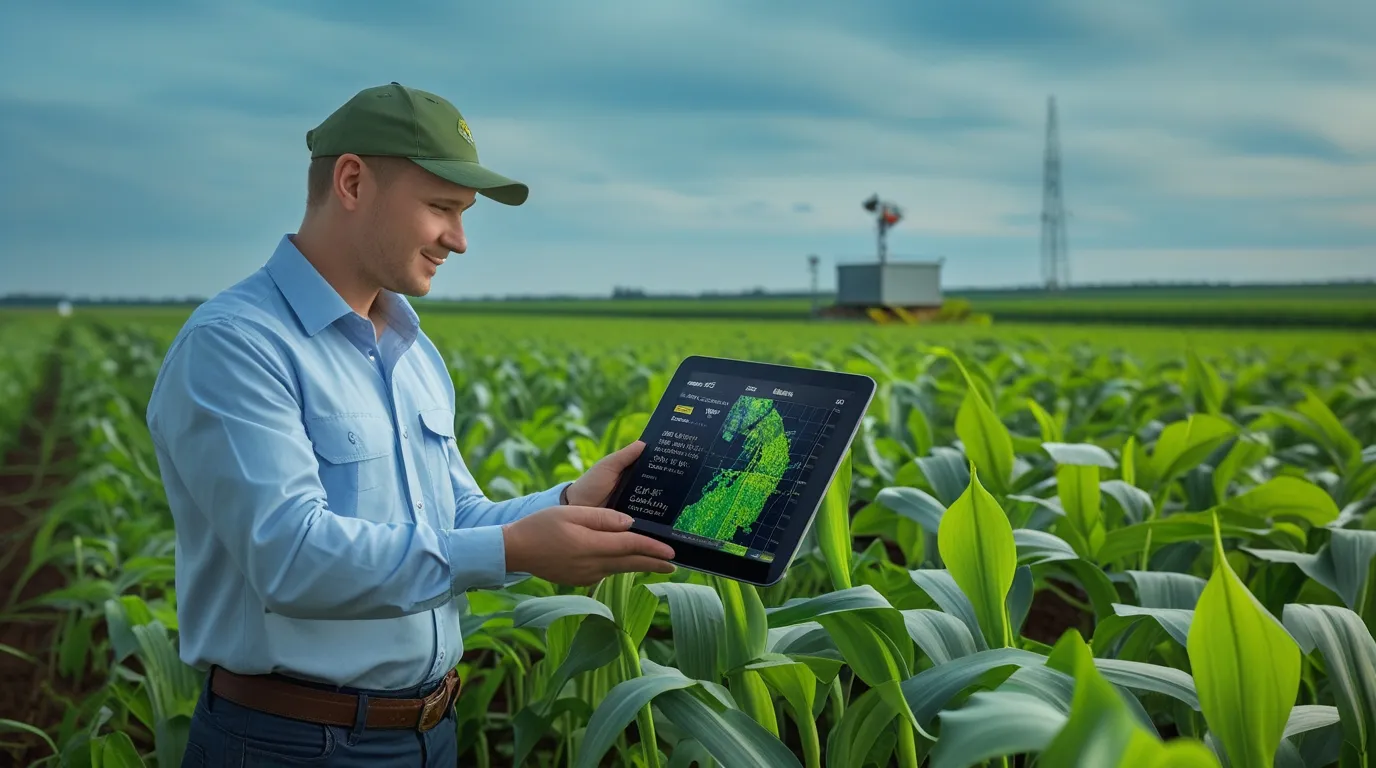
The Terra Tech project represents far more than just the construction of antennas. It is the creation of a critical “artery” connecting orbit and Earth—one that will become a cornerstone of Russia’s emerging space economy. If successful, the initiative could become a catalyst for a broader ecosystem of high-tech services, supporting industries from ecology to national security.
By developing its own ground-based EO infrastructure, Russia strengthens both its environmental monitoring capabilities and its technological sovereignty—reducing reliance on external providers and ensuring independent access to geospatial intelligence.





